Table of Contents
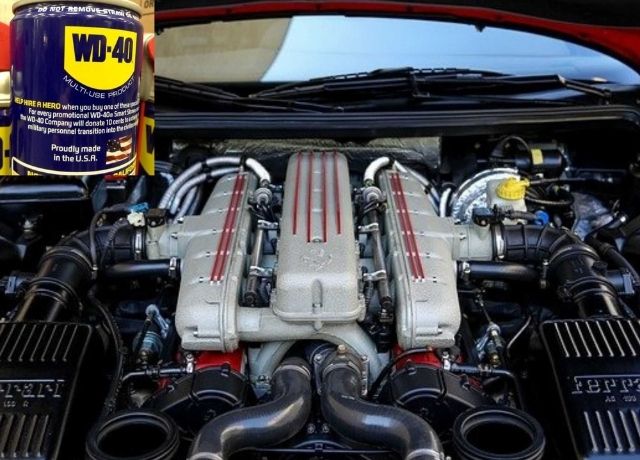
When it comes to car care, most people focus on the outside and inside. They forget about the engine bay, which is an important part that can have a big effect on the car’s performance and lifespan.
The dirty, grimy, and greasy engine bay, which is hidden under the hood, is not only ugly but can also hurt the way your car runs if you don’t clean it often enough.
WD40 is a powerful ally that can help you deal with this difficult job.
Yes, you read that right! This versatile multi-use product isn’t just for squeaky door hinges; it can also be used to effectively clean your engine bay and restore it to its pristine condition.
In this article, we will guide you through the step-by-step process on how to clean engine bay with WD40 and leave it looking brand new.
How To Clean a Radiator With Baking Soda | Unusual Ways 2022
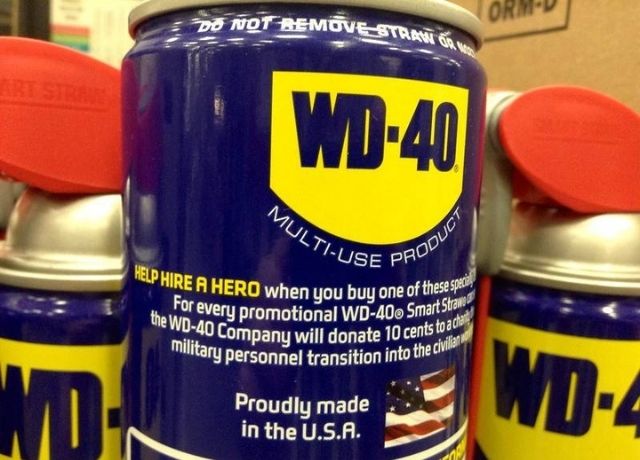
Why Wd40 to Clean Car Engine?
WD-40 Multi-Use, with over 2000 uses, is probably one of the greatest cleaners for a wide range of applications. As its name suggests, it is thought by many to be one of the most useful cleaning tools on the market.
When you use WD-40 to clean your car’s engine, one of the best things about it is that it can get into tight places. With the thin nozzle, you can reach places that are hard to get to and where dirt and trash tend to build up over time.
Following are the most popular Wd40 car uses:
- It keeps rust away and keeps mud from sticking.
- Moves water away from the car’s wires.
- Loosens oxygen sensor in car exhaust that has rusted.
- Chrome and parts of the car that are prone to rust are protected.
- Bugs and bird droppings are cleaned off the car.
- This thing can be used to get gum off of different surfaces and can also be used to get surfboard wax off of the roof of a car.
- Keeps locks from freezing in cold weather and keeps door hinges from rusting by lubricating them.
- Softens the car door seals and prevents cracking and drying
- Clears grease, gunk, etc from car interiors, fenders, and windows.
How To Clean a Fuel Tank Without Removing | Like a Boss In 2022
Now that we have understood the positives of using Wd40 to clean car engines, let’s have a look at a few of its negatives:
- It’s not a good Lubricant, you may need to use another good lubricant after using Wd40
- Doesn’t smell good
- It attracts dirt if not rinsed properly after cleaning.
- Can eat a few plastic parts (avoid the use of clear polystyrene and polycarbonate plastic).
Now that we know the pros and cons of Wd40, what would I recommend to clean the engine bay?
Well! Wd40 is my answer. Besides having a few negatives, it is still one of the best products out in the market to clean the engine bay with. Also, it has more positives than negatives.
You can use Wd40 to clean the engine without skepticism because it is safe for the engine. Following our guide to clean engine bay with Wd40, you can safely clean your engine bay.
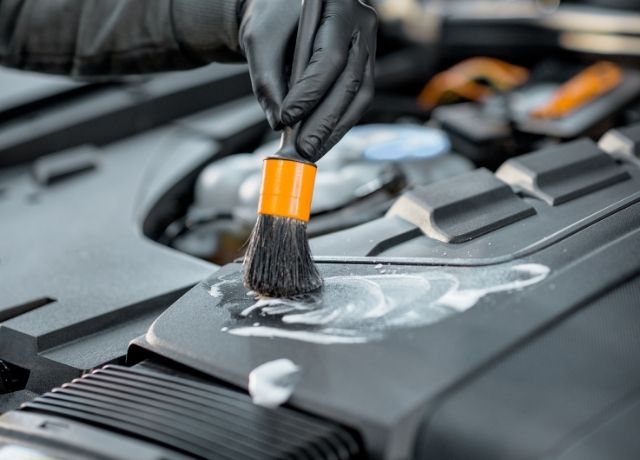
Dos and Don’ts to Clean Your Engine Bay:
While cleaning the engine compartment with Wd40 is simple and can be done at home using our instructions, there are a few considerations to make before getting started.
Following are the 3 Dos and Don’ts to keep in mind before you clean car engine.
- Do: Take a Picture Before Any Action
- Don’t: Be Quick to Take Things Apart
Before you do anything, take a picture of what’s going on. Take a few shots if you have a camera.
You may have a great memory, but don’t forget that you’re not a professional. If you don’t clean your engine bay often, you might forget where some parts are or which wires need to be linked with what.
All you have to do to clean the engine bay is follow the steps below. We also suggest that you don’t go down into the engine bay when you clean it. Even if you don’t plan on cleaning the engine all the way, it’s still a good idea to take photos.
Taking pictures is also significant evidence of the improvement you have made.
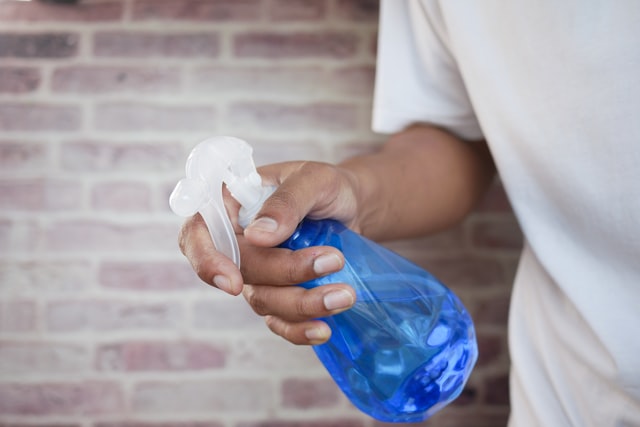
- Do: Use An Appropriate Cleaner
- Don’t: Go Crazy With the Engine Cleaner
There are many engine cleaners on the market, but you won’t know how they affect your car’s engine until you try them. Special cleaning tools are needed for engines with a lot of sludge and a lot of power.
We recommend using Wd40 to clean engine instead of a high-intensity cleaner.
Wd40 multi-use has been tried and tested by tens of thousands of customers, and the reviews speak for themselves.
Wd40 is safe to use to clean the engine compartment so close your eyes and go for it.
- Do: Use the Garden Hose
- Don’t: Use the Pressure Washer
A garden hose is the best tool for removing dirt and stones. A pressure washer can produce water that is incredibly forceful and pressurized, so be careful not to push it too hard.
Aside from electrical panels and connections, it is easy for them to seep. That’d be a tremendous bummer. Even if you are using a garden hose, seal all the electrical connections and crankcase openings using any plastic.
How To Clean Engine Bay With Wd40?
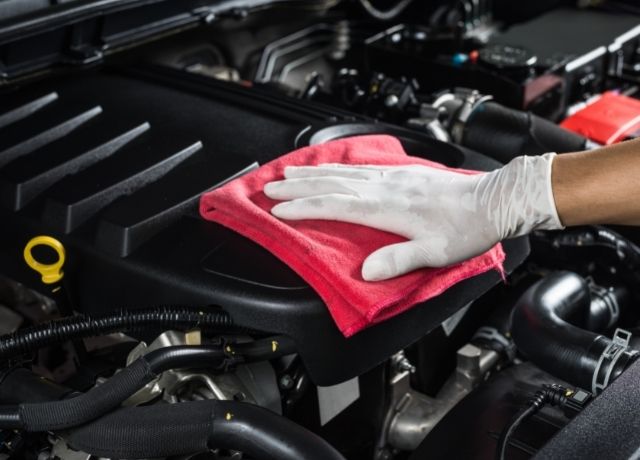
It’s important to clean out the engine area of your car often to keep it running smoothly. Without the right tools and understanding, though, it might be hard to finish the job.
Keep in mind that you don’t have to be an expert to clean the engine bay. As long as you follow the steps, you can clean the engine at home.
Things To Gather:
Gather the following things to get started:
Wd40 as the main cleaning solution
Soft-bristled brush to scrub the surface
Garden hose to rinse the engine bay after cleaning
Microfiber cloths absorb the water and remove extra water from the engine.
Step-1) Schedule the Cleaning:
Plan to clean the engine on a day when it won’t be too cold, if possible. A warm, windy day is good for a car’s engine after it has been cleaned well.
If your car was going, give it a chance to cool down. Leave your car parked in the shade for at least 20 to 30 minutes. Wait until the engine’s ideal temperature is reached.
Step-2) Remove the Existing Debris:
The first step is to clean up any loose trash in the engine bay. Get rid of everything that doesn’t belong there. Leaves, grass, paper, and sticks are not good things to put there.
A brush can be used to clean the engine of dirt and grease. As soon as they are loose, take them off.
Step-3) Prepare Your Engine:
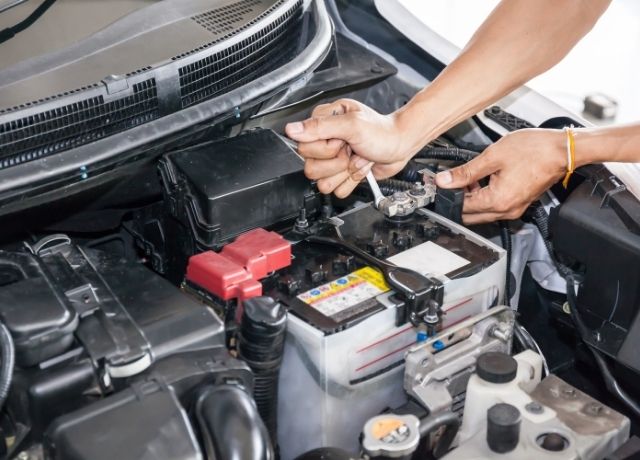
Before we start to clean the engine bay, it’s vital to prepare it.
Disconnect the battery:
Taking the battery out is a good place to begin. Taking the battery out of the way will make it much easier to clean the space around it.
If you can’t remove the battery, first disconnect the negative terminal and then disconnect the positive terminal.
When you are done with cleaning and detailing the engine, and everything is dried then you can reconnect the battery.
Connect the positive terminal at first and then the negative terminal.
Protect Electrical Components:
In the next steps, you will use water to clean the engine bay with Wd40. The bad news is that water can damage electrical parts. For example, water can cause a switch to blow.
To avoid water from causing damage, you will need to protect electrical components. You will need to wrap plastic around the components. You will need to cover:
ECU
Ignition Wires
Exposed Wirings
Spark Plug Inlets
Alternator
Distributor cap
Protecting these components will allow you to clean your engine bay more thoroughly with less risk of damaging anything.
Step-4) Apply Wd40 on the Engine:
Let’s begin the cleaning process now that we’ve gathered all the essential supplies and clean engine bay with wd40.
The first step is to put Wd40 on the engine of your car. Spray the engine area with Wd40 to clean it up. Use as much Wd40 as possible to cover the whole surface.
After you put the product on, let it sit for 5–10 minutes. Because of this, the answer will work as planned.
Depending on how much dirt and grease are in the engine, you may need to use the solution again or let it soak for a longer time.
Before applying the solution, make sure that you have removed any excess dirt or grime from the engine bay.
Step-5) Scrub:
After letting Wd40 sit for a few minutes, it’s easy to get rid of all the dirt and grease with a microfiber cloth. You can scrub places like the valve cover that have been caked with oil and dirt for years with a soft-bristled brush.
Most of the time, scrubbing with a stiff brush is enough. If it didn’t really work, you might have to add more solutions and try the same steps again.
Step-6) Rinse the Engine Bay:
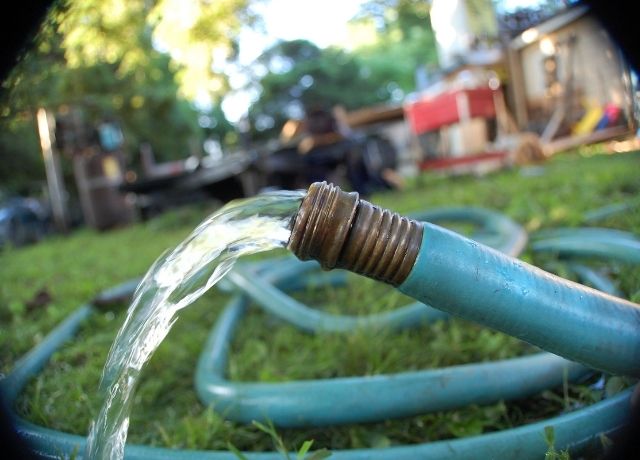
After this, you will still have a lot of work to do. Even after you clean the engine, you have to get rid of the cleaning solution so that it doesn’t attract more dirt and dust.
To get rid of all the Wd40 solution, dirt, and grease, you have to run a garden hose through the whole engine area. You shouldn’t spray directly on electrical parts, especially in places that take a long time to dry.
Make sure that all of the electrical components have been covered with plastic in Step-3 before proceeding with this step.
Step-7) Dry and Detail the Engine:
After you clean engine bay with Wd40, you are left with a wet engine. With a cotton towel, start to dry the engine. Before moving on, the engine must be completely dry.
Now is the time to use a good tool to clean the engine. Spray the product all over the plastic and rubber parts, and then move on to the next step.
To avoid the belt creaking, do not use any kind of product on it. Let the product sit for 5 to 10 minutes after you’ve finished applying it. Clean the surface with a microfiber cloth to remove any residue. That’s all there is to it.
Step-8) Replace the Battery:
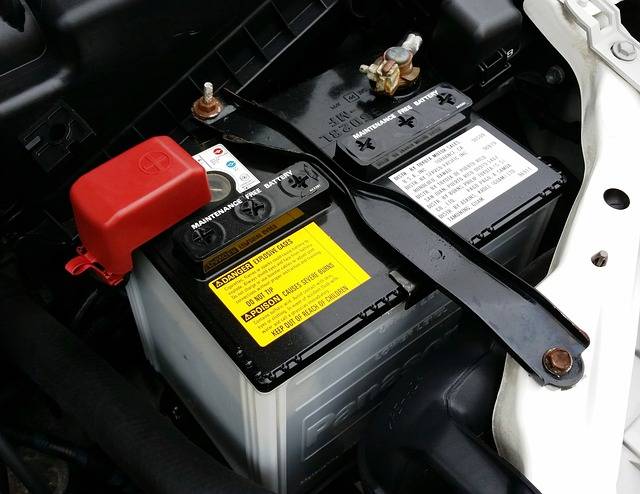
Re-connect the battery to the car. First, connect the positive terminal and then connect the negative terminal. Also, remove the plastic from all the electrical components you covered. And you are done here.
Frequently Asked Questions:
Is it safe to clean the engine bay with WD40?
Since WD-40 is a product that can be used for many different things, it is safe to use it to clean the engine bay. People in the hundreds of thousands have used this product, and most of the comments they’ve given are positive.
Can I clean the car engine with water?
Yes, you can clean your engine bay with water. Using water on the engine, on the other hand, is not suggested since water can leak into electrical components, causing a new set of problems.
If you want to use water, don’t use high-pressure water or a power washer because this can hurt the engine.
Instead, softly spray the engine with a garden hose to get rid of any dirt or debris.
Is WD40 safe to use on my engine bay?
Yes, you can use WD40 in your car’s engine area. Its recipe is made to clean and protect a wide range of surfaces, such as the metal and plastic parts in your engine.
Can I spray WD40 directly onto hot engine parts?
No, you shouldn’t spray WD40 on hot engine parts directly. Before putting WD40 on the engine, let it cool down to avoid any safety risks.
Will using WD40 damage electrical components in my engine bay?
If you use WD40 as recommended, it won’t hurt the electric parts in your engine bay. But it’s best to be safe and cover sensitive areas or take the battery wires off before cleaning.
How should I apply WD40 for cleaning the engine bay?
Start by using a brush or compressed air to get rid of any loose dirt or dust. Then, spray a small amount of WD40 on a microfiber cloth and wipe the places you want to clean gently, being careful not to soak them too much.
Can I use WD40 on rubber hoses and belts in the engine bay?
Rubber hoses and belts won’t break right away if you use WD40, but if you keep using it, it could damage them over time. If you don’t have to, try not to put directly on these parts.
What precautions should I take when using WD40 around my engine?
Before putting anything near the engine of your car, you should always make sure that the car is off. Also, if necessary, cover sensitive places such as air intakes or electronic control modules (ECMs).
How often should I clean my engine bay with WD40?
How often you clean your engine bay depends on things like how you drive and how often you want to clean it. As a general rule, you should clean it every 6 to 12 months or when you see a lot of dirt build-up.
Are there any alternative products that can be used instead of WD40 for cleaning an engine bay?
Yes, there are other ways to clean the engine bay on the market. But most people trust WD40, and it can be used to clean most engine bays. Before using an alternative cleaner, you should always read the product’s directions and do a patch test.
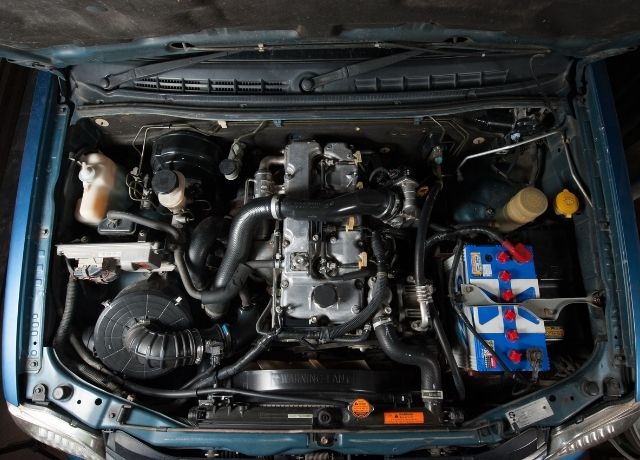
Finishing Up:
WD-40 can be a quick and effective way to clean your car’s engine. Its powerful recipe helps get rid of built-up grease, grime, and dirt, bringing the engine’s performance and efficiency back to normal.
But it’s important to be careful and follow safety rules when using WD-40 so that nothing gets broken or hurt. For the engine to last long and work well, it needs to be cleaned and cared for on a regular basis.
So why hold out? Use WD-40 as a cleaner today to take care of your car’s engine the way it should be.





























































19 thoughts on “The Surprising Way To Clean Engine Bay With WD40 – Flawless Car Guide”